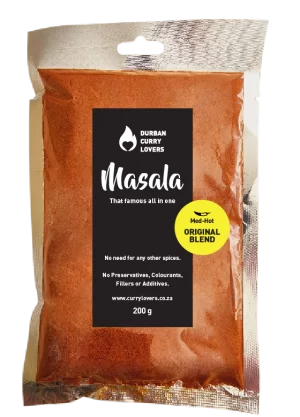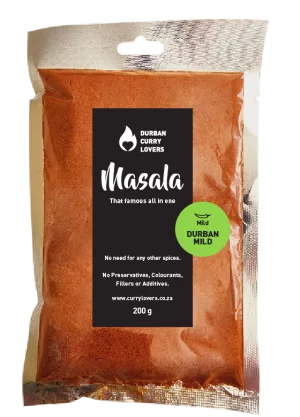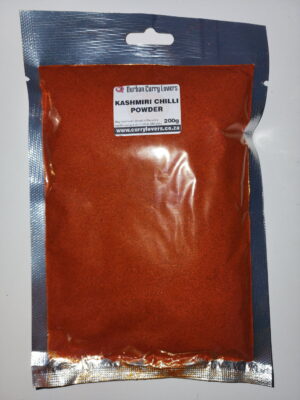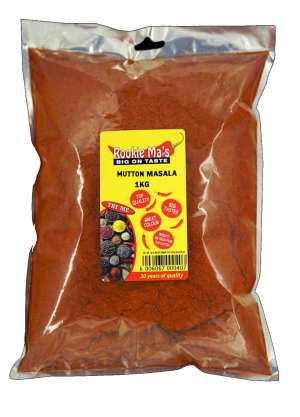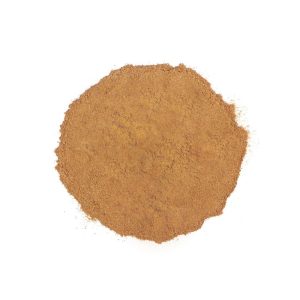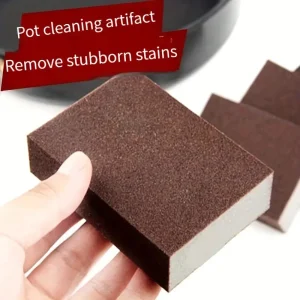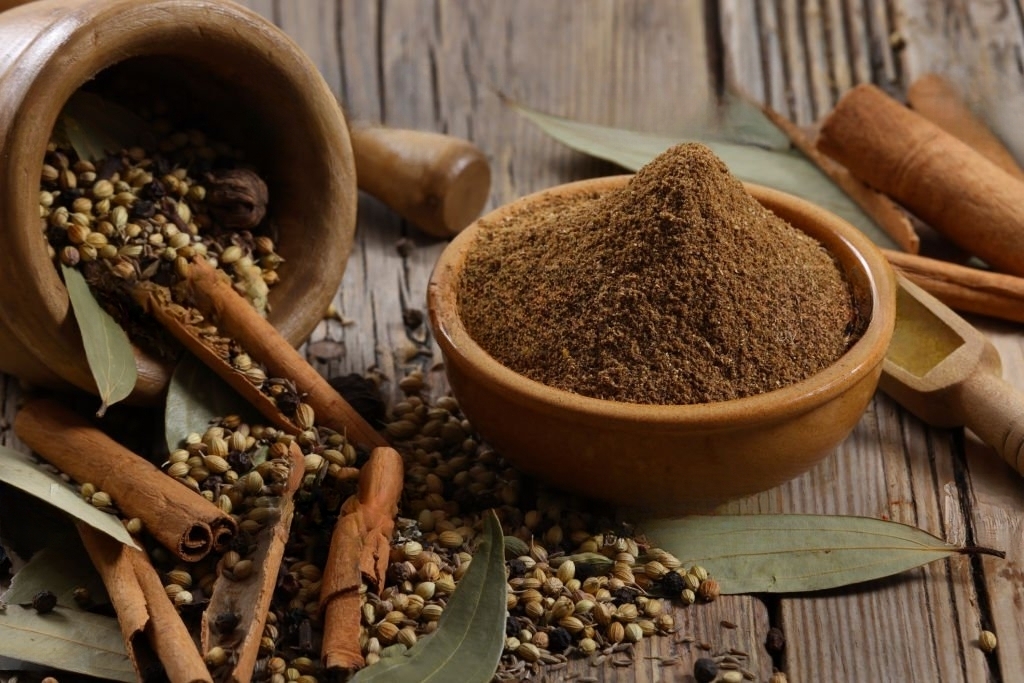
The Origins of Garam Masala
The rich tapestry of Indian cuisine is woven with tales of trade, conquest, and cultural intermingling. Among its myriad threads, the story of Garam Masala holds a special place. Literally translated as “hot spice”, although not necessarily spicy-hot, Garam Masala traces its roots back to ancient India where it was used not just for its flavor, but also for its medicinal properties in Ayurvedic practices.
Its origin, like many classic mixtures, is hard to pin to a particular moment in history. Some speculate that its creation was influenced by the Mughal invasion of India, given their penchant for aromatic and richly spiced foods. Others argue that Garam Masala was a staple long before, curated and refined by indigenous communities and local chefs.
Uses of Garam Masala
Today, Garam Masala has become a cornerstone of Indian cooking. It is celebrated for its ability to impart warmth and depth to dishes. From the delectable biryanis of the North to the tangy sambar of the South to the sun-kissed shores of Durban, the sprinkle or stir of this blend can redefine a dish.
Moreover, it’s not just restricted to Indian cuisine. Many contemporary chefs, recognizing its nuanced complexity, incorporate it into diverse dishes, from roasted vegetables to grilled meats and even some baked goods.
The Ingredients
Garam Masala isn’t a one-size-fits-all formula. Its composition varies by region, household, and even individual preference. However, the most commonly found ingredients include:
- Cinnamon: A sweet-spiced bark that adds depth.
- Cardamom: Fragrant and slightly citrusy.
- Cloves: Intense and pungently sweet.
- Cumin: Earthy with a touch of citrus.
- Coriander: Nutty and slightly fruity.
- Black Peppercorns: Sharp and robust.
- Nutmeg & Mace: Warm, spicy, and sweet.
Manufacturing Process
Traditionally, the spices are individually sun-dried to reduce moisture, which aids in preserving the mix. They are then roasted to perfection, amplifying their flavors. Once roasted, they are ground together into a fine powder, either using a mortar and pestle or mechanized grinders. Today, many commercial brands utilize automated methods, but in homes across India, the process remains deeply personal and hands-on.
Durban Curry Lovers, Garam Masala is an ultra premium product, manufactured by our genius Spicemaster, with the finest spices available on the planet.
A Simple Recipe: Garam Masala Spiced Potatoes
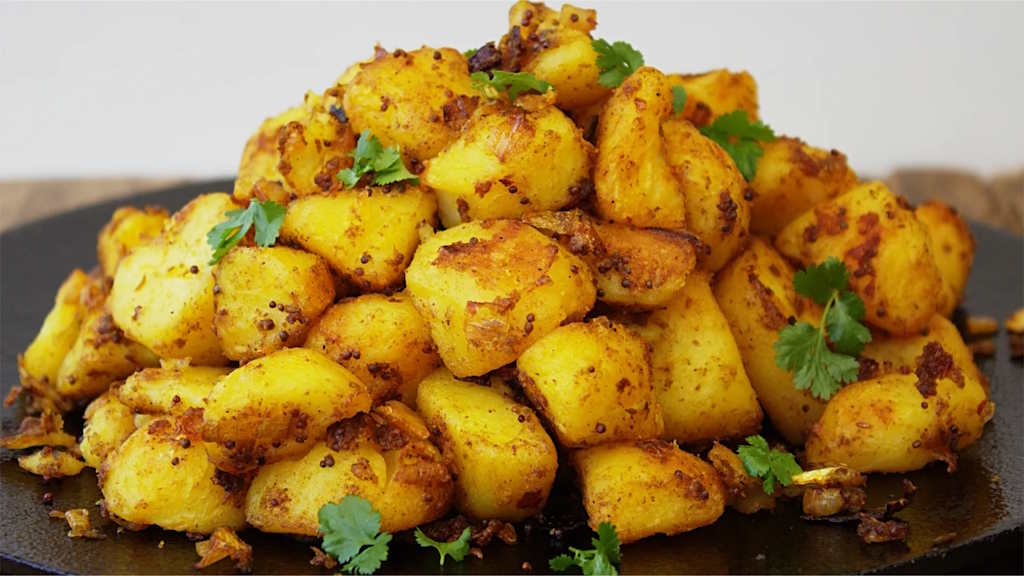
Ingredients:
- 4 large potatoes, diced
- 2 tsp Garam Masala
- 1 tsp turmeric powder
- Salt, to taste
- 2 tbsp oil
- Pinch of mustard seeds (optional)
- Fresh dhania, chopped (for garnish)
Procedure:
- In a large pan, heat the oil (and mustard seeds) over medium heat.
- Add the diced potatoes, ensuring they’re spread in an even layer.
- Sprinkle the Garam Masala, turmeric, and salt over the potatoes.
- Stir occasionally, ensuring the potatoes are evenly coated with the spices.
- Cook until the potatoes are golden and crisp.
- Transfer to a serving dish and garnish with fresh dhania.
Relish these spiced potatoes as a side dish or snack. The warming touch of Garam Masala truly shines, showcasing why this blend has captivated palates for centuries.
Garam Masala extends beyond a mere spice blend; it’s a reflection of India’s culinary history, ingenuity, and an eternal love for flavors.
Every pinch captures the essence of a culture that continues to enchant gourmands globally.

